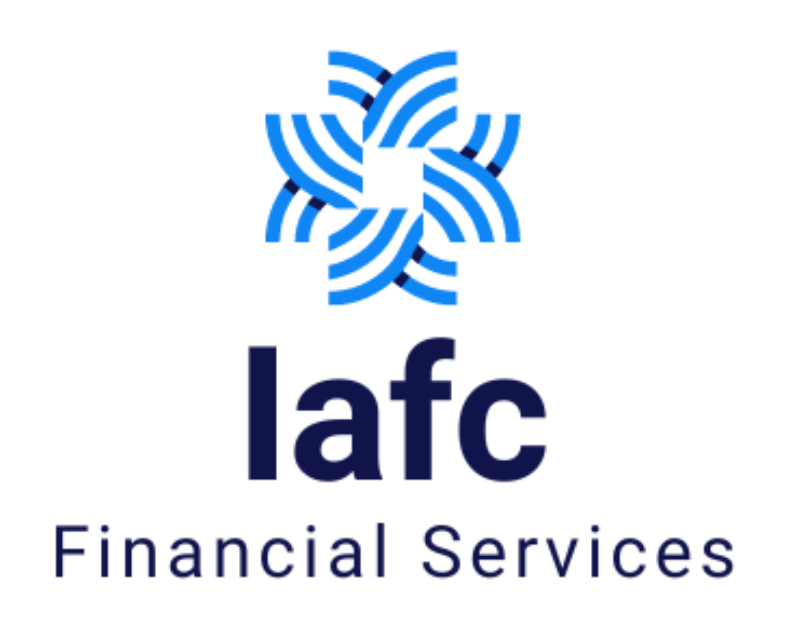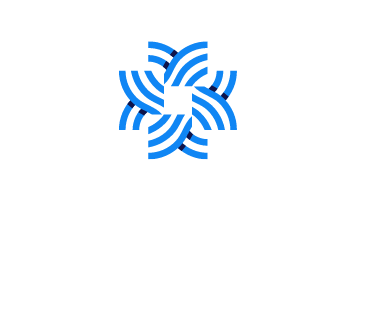SIGNATURE MISMATCH CASES

What is Signature Mismatch?
Signature mismatch occurs when the signature on a document or transaction does not match the one on file with a bank, institution, or authority. This can lead to rejected applications, delayed transactions, or the need for additional verification steps to confirm the individual’s identity and prevent fraud.
What is the time period for updating Signature ?
The time period for updating a signature varies by institution, typically ranging from a few days to a few weeks. It’s essential to contact the specific bank or organization for their guidelines. Prompt updating ensures seamless transactions and prevents issues related to signature mismatches.
What is the procedure of updating mismatch signature ?
To update signatures, follow these steps:
1. Contact the Relevant Company: By notifying the relevant bank or organization regarding the mismatch.
2. Submit Documents: Provide required documents, such as identification and proof of signature change.
3. Complete Forms: Fill out any necessary forms for updating the signature.
4. Verification: The relevant company verifies the new signature against their records.
5. Confirmation: Receive confirmation once the update is processed and the mismatch is resolved.


What documents are required for updating Signature?
Form ISR-1, ISR-2, SH-13, ISR-4 for updating KYC of the shareholder/s.
Original Cancelled cheque of the shareholder/s.
Copy of Bank Passbook,
Copy of pan card of the shareholder/s.
Copy Aadhar card of the shareholder/s.
Reasons behind
Signature Mismatch ?


Changes in Signature Style
(Alterations in how a person signs over time.)


Error in Document Processing
(Mistakes during data entry or form filling.)


Inconsistent Records
(Discrepancies between old and new records or documents.)


Health Issues
(Physical changes affecting handwriting or signature.)



